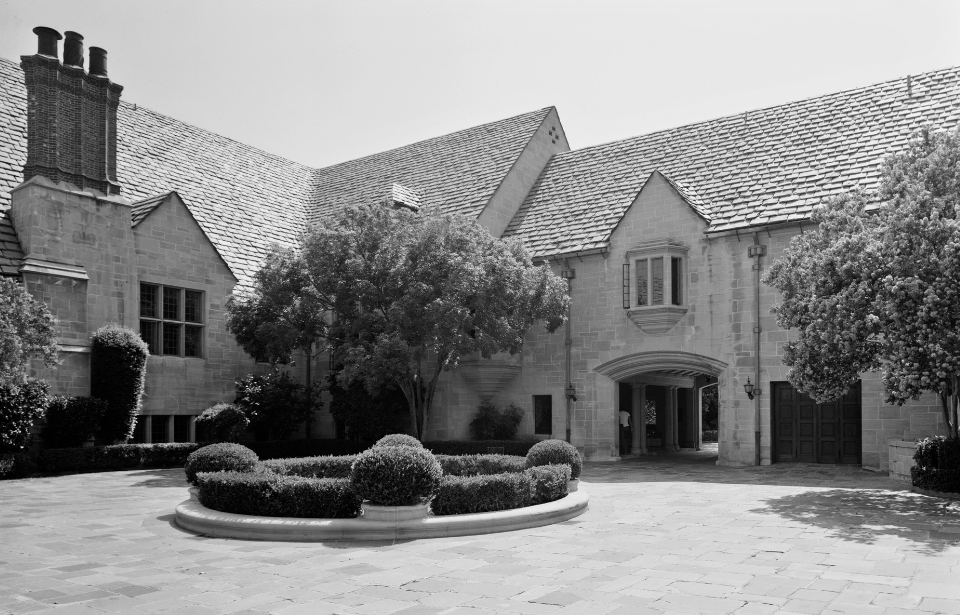The historic Greystone Estate, also known as the Doheny Mansion, is one of the most recognizable representatives of the Tudor Revival architecture. It should also be reasonably familiar to those well-versed in movies and television shows. The grounds and house of the Greystone mansion have been used as a set in film and television production regularly over the years. However, the magnificent outer beauty of the estate and the luxurious interiors of the house are just the surface. The history of the Greystone Mansion has a far more sinister and extravagant past full of intrigue, secrecy, and even murder.
This history of the house
This 46,000 square-foot house, completed in 1928, was built at the request of Edward L. Doheny, the infamous oil tycoon, as a gift to his son Ned Doheny and his family. It was designed by the well-known architect Gordon Kaufmann, who previously designed The Hoover Dam and the LA Times building.
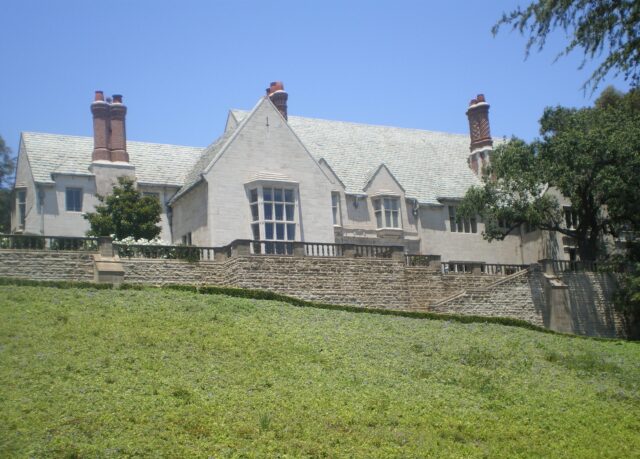
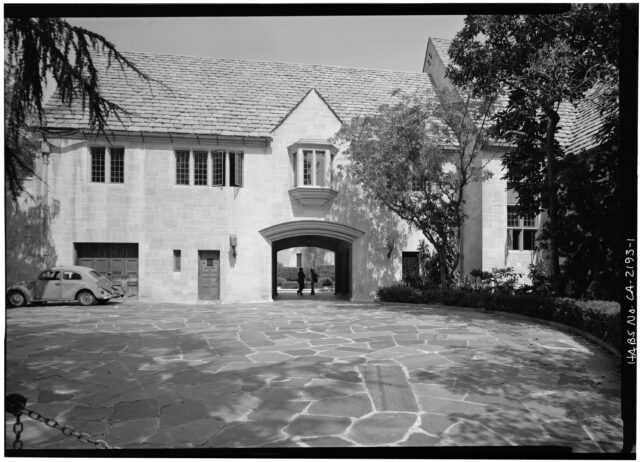
The mansion, located in Beverly Hills, cost over $3 million to build (around $53 million in 2022) and, at the time of its completion, was reportedly the most expensive home ever built in California. It consists of 55 rooms liveable rooms, 67 rooms in total, and sits on 16 acres of land.
Murder at the Greystone Mansion
Ned, his wife Lucy, and their five children moved into their huge new home soon after. However, just four short months later, on the night of February 16, 1929, the house was a scene of a grisly murder. Ned’s body was found in a guest bedroom in the east wing of the mansion alongside his longtime friend and assistant, Hugh Plunkett.
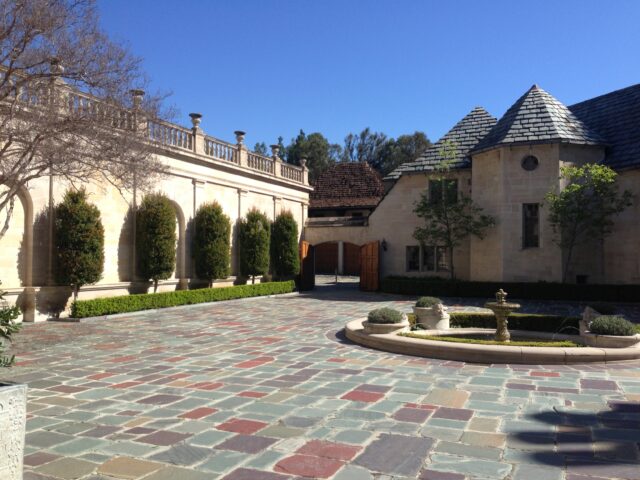
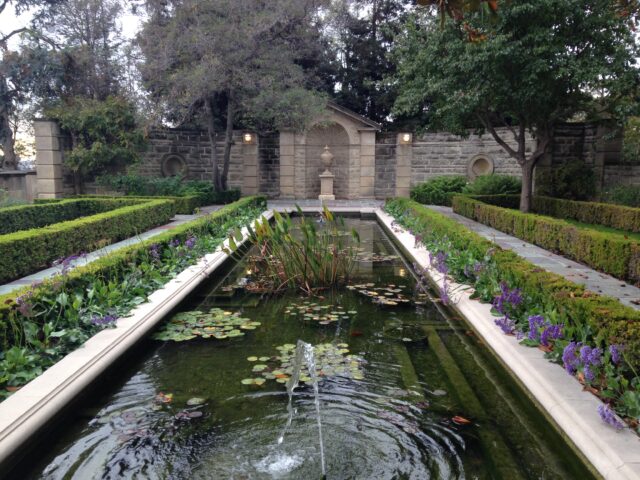
His wife heard the gunshot and instead of calling the police, she called E.C. Fishbaugh, their family doctor, who was in a nearby movie theater. The two of them then went to the east wing room. They found Plunkett standing outside, holding a gun and very upset. After he saw them, he immediately went back into the bedroom and another shot was fired.
When the two witnesses entered, they discovered the bodies of both men. This description was Lucy’s official statement to the police and the story that is officially known today.
Is their account of events true?
By the time police arrived, the murder became even more mysterious. The testimony given by Fishbaugh and Lucy seemed sketchy, rehearsed, and incoherent; the bodies were removed from their original placement, and the police weren’t called until three hours after the shooting. The most bizarre detail was that Ned Plunkett was shot in the back of his head in a position where it was very unlikely that someone would be able to shoot himself.
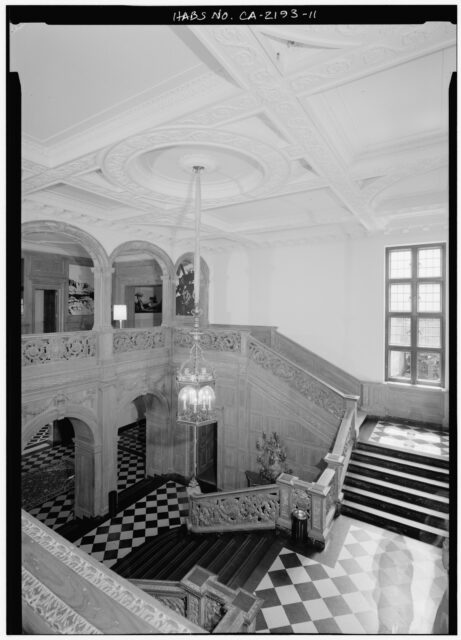
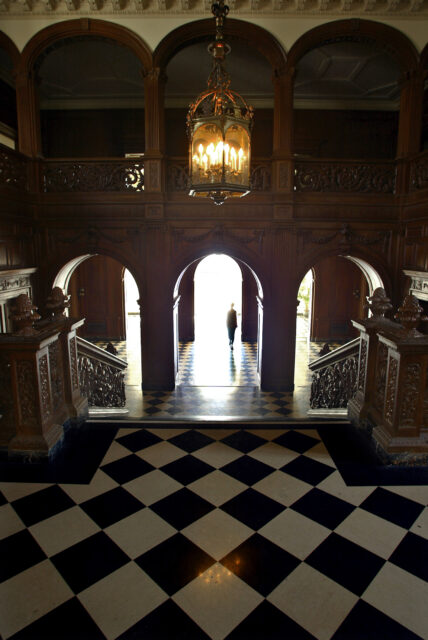
The media and the newspapers ran with the case and made a sensation out of it. Numerous stories and speculations were written–the most famous being that Ned and Hugh had been lovers and that the deaths were a result of a fight related to their “shameful” relationship. Or, that maybe Lucy had walked in on them and shot both herself. Regardless of the many factual inconsistencies and opposition from the detectives, the case was ruled a murder-suicide and closed within a few days.
Another fact that leaves this case open for speculation: both Ned Doheny and Hugh Plunkett were implicated and involved in the trial of Ned’s father in the Teapot Dome Scandal.
The fate of Greystone Mansion
Almost a year later, Lucy remarried, and in 1955 she sold the grounds to Paul Trousdale, who developed Trousdale Industries. The mansion was then bought by wealthy Chicago industrialist, Henry Crown. He initially rented the house to film studios, but then planned to demolish the mansion and subdivide the property in 1963.
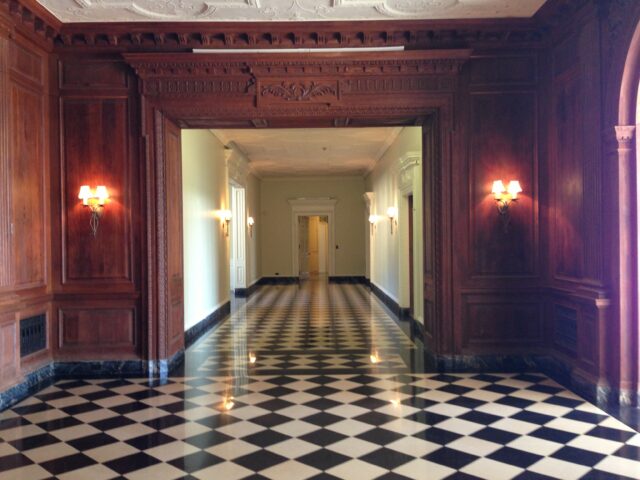
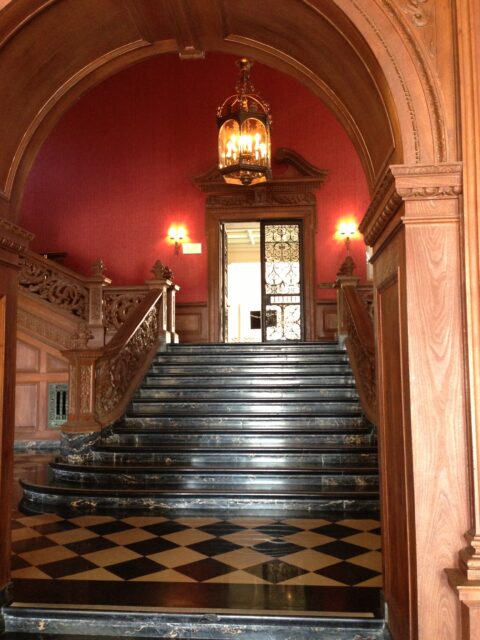
The Beverly Hills authorities stopped this from happening and purchased the mansion in 1965. The estate was proclaimed a city park on September 16, 1971, and on April 23, 1976, the National Register of Historic Places placed the estate in its archives. Today, the estate is a public park where anyone can walk freely, but the Mansion itself still remains closed to the public.
More than a dozen well-known Hollywood movies have been filmed on the estate, from The Dirty Dozen and The Bodyguard to The Big Lebowski and, most recently, There Will be Blood. The grand staircase entrance has been said to be the most filmed and photographed set of stairs in all of Hollywood.
Read more: Corpsewood Manor Was Once a Beautiful Brick Mansion Before an Awful Murder Happened There
Greystone continues to be a popular filming location and some productions even contribute to the upkeep and renovation of the mansion. One of the more recent films that used the property, There Will Be Blood (2007), which is loosely based on the life of Edward Doheny, made renovations to the downstairs two-lane bowling alley.
